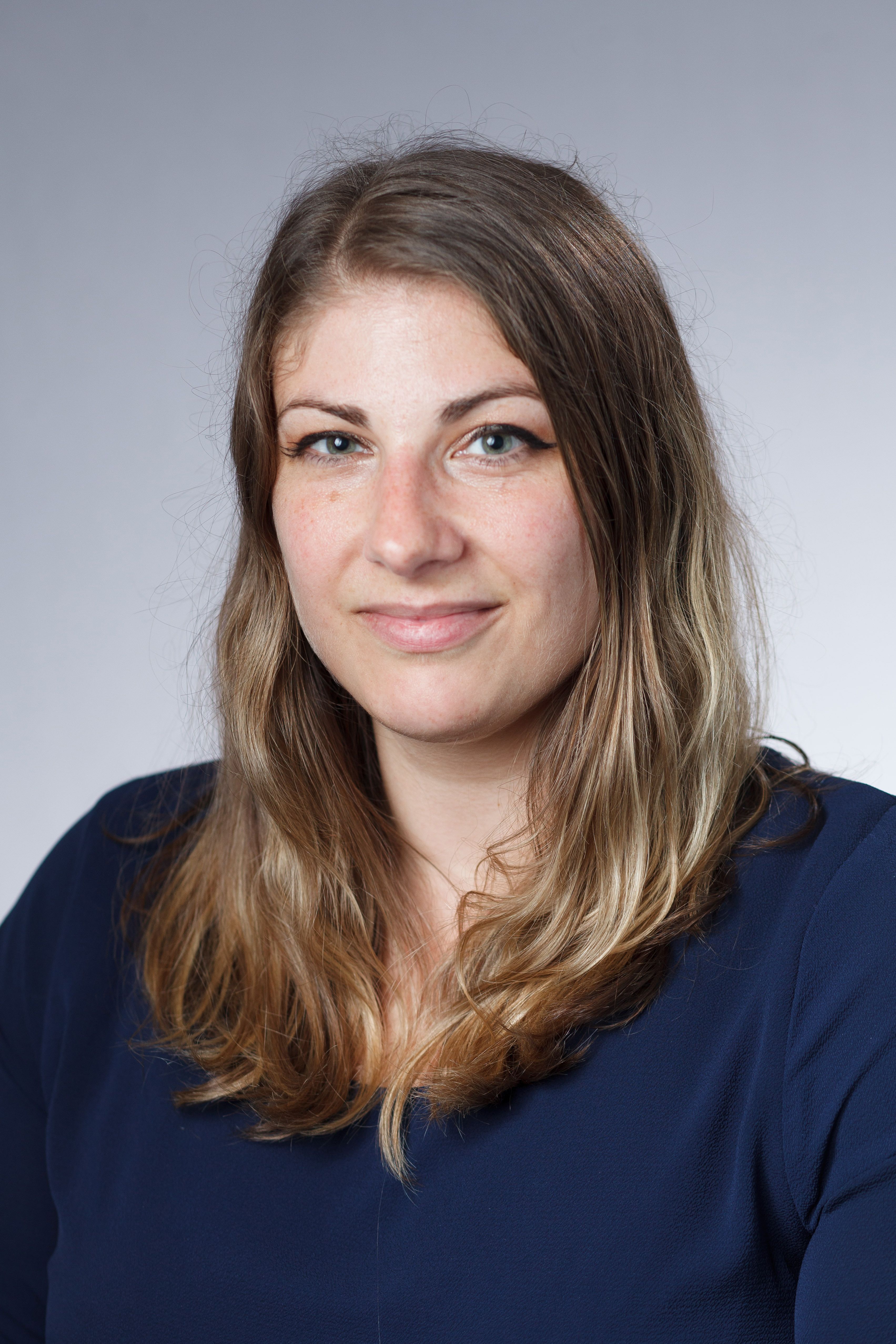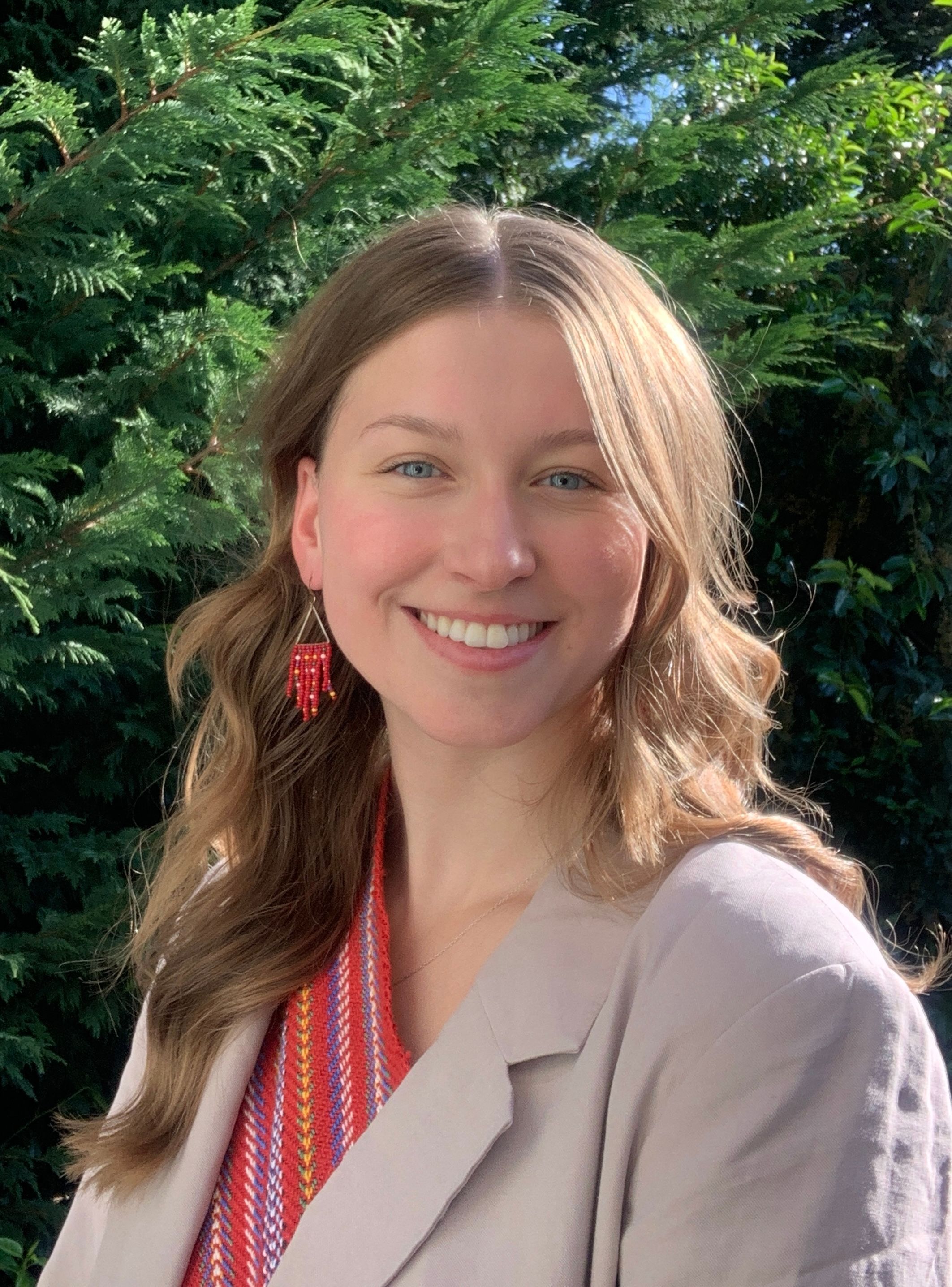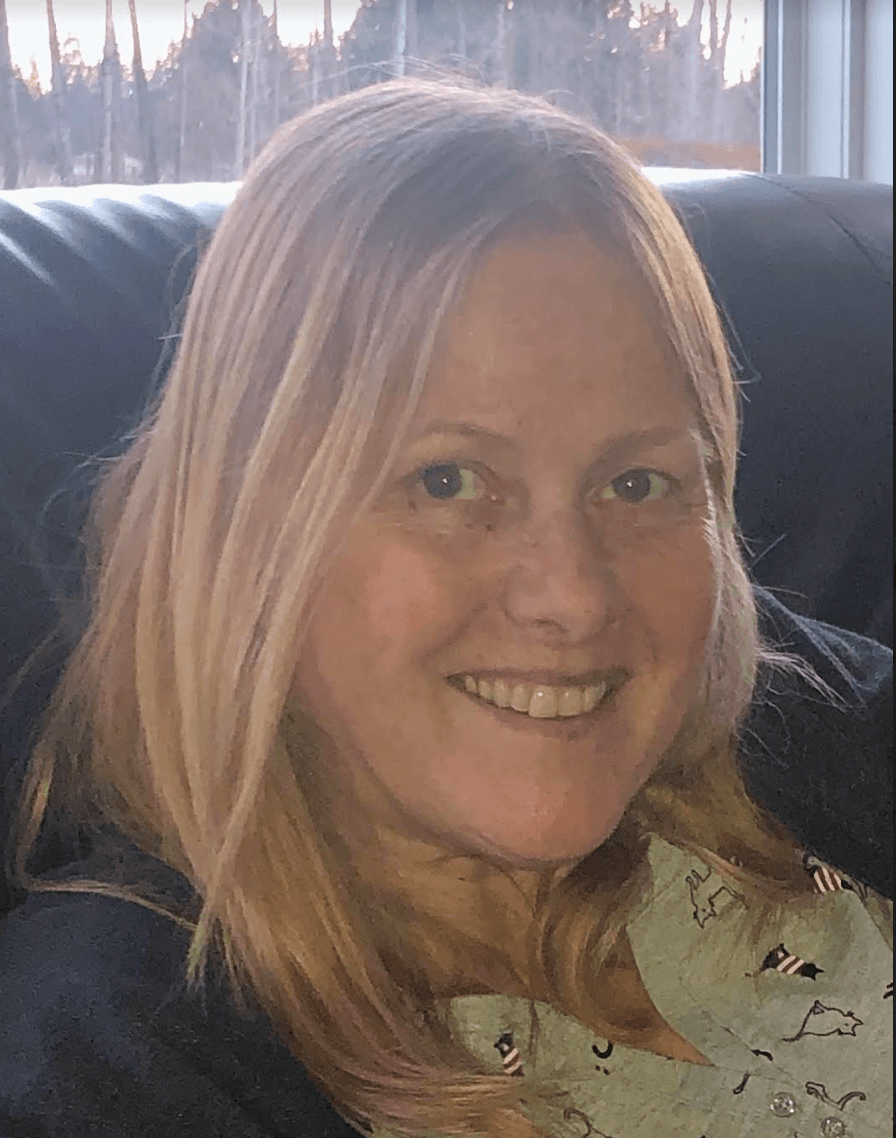Acknowledgments
The ADI would like to acknowledge and extend a heartfelt thank you to the many Métis artists, knowledge carriers, Michif speakers and Elders that have generously shared their knowledge, skills and teachings with us. We thank our ancestors for their strength, wisdom and resilience so that we can know and share our beautiful Métis culture and languages.
We send our gratitude to the numerous museums and institutions across Canada that have contributed images of Métis material arts and cultural items featured within the website, including: McCord Stewart Museum, Waddington's Auctioneers and Appraisers and the Canadian Museum of History, Seven Oaks & Ross House Museum, Manitoba Crafts Museum and Library, and the Fort Dauphin Museum.
We also thank the Department of Canadian Heritage and the Government of British Columbia’s Ministry of Tourism, Arts, Culture, and Sport/BC Arts Council for their financial contributions.

Vision, Mission, and Mandate
Vision
The Amelia Douglas Institute is the centre of Métis culture and language resources and programming in British Columbia. The Institute’s province-wide network is dedicated to educating Métis people and the public about Métis culture and way of life.
Mission Statement
The Amelia Douglas Institute celebrates and uplifts Métis culture in British Columbia through educational and interactive exhibitions, programs, and research. The Institute connects Métis people throughout the province with their culture, heritage, and languages through virtual and in-person resources and initiatives and educates the public about the contributions of Métis people and Métis culture.
Mandate
The Amelia Douglas Institute explores all aspects of Métis culture, heritage, and language since the Métis Nation’s origins in the Red River region to the present day in British Columbia.
About Amelia Douglas
Amelia Douglas (née. Connolly) was a Métis woman born in 1812 in Fort Churchill, Manitoba to an Irish French-Canadian father and a Cree mother. Despite marrying James Douglas, the future governor of BC, Amelia maintained her ties to the culture throughout her life.
Amelia Douglas was noted to have worn moccasins and clothing decorated with quillwork, beadwork, and embroidery, eat traditional foods, and tell her children Métis stories. Like many Métis families at the time, Amelia and James Douglas’ family was multilingual and spoke French, English, Cree, Chinook Jargon, and Michif. As a Métis woman, she challenged the status quo of the BC colonial elite by proudly maintaining her Métis culture and values.
In naming the Institute after Amelia Douglas, we aim to honour Amelia and the many Métis matriarchs who have shaped the Métis Nation, and whose stories have been underrepresented in contemporary retellings of Métis histories.

Board of Directors

Katy Carson
Katy is of mixed Métis, Italian, and Hungarian ancestry, with Métis roots in Duck Lake, SK and St. Francis-Xavier, MB. Her family names are Vivier, Delorme, Ross, Short, and Thibault.
Unaware of her Indigenous background until adulthood and lacking the chance to grow up within a community, Katy's journey took a transformative turn after her Coast Salish Mentors encouraged her to delve into her Métis identity. Eager to learn and understand what it truly means to be Métis, she swiftly seized every opportunity that came her way.
Katy now serves as the Women's Representative on the North Fraser Métis Association Board and has been actively engaged in focus groups dedicated to revitalizing the Michif languages with MNBC.
Currently residing in the unceded territories of the Qayqayt First Nation, known colonially as New Westminster, Katy remains dedicated to both honoring her heritage and contributing to the betterment of her community.

Katie Banman
Taanishi, Katie Banman dishinikawshon! On my father’s side, I am Red River Métis and Scottish. My family names are Fluery, Wilkie, Montour, Letendre, and Dumont. I have roots in settlements in Treaty 1 Territory (Red River), St. Laurent, St. Boniface, Pembina, and Duck Lake. On my Mother's side, I am German. My family name is Geppert, and my mother immigrated in the early 1970s. I hold a Bachelor of Commerce and am entering my second year of law in the University of Victoria’s joint Juris Doctor (JD) and Juris Indigenarum Doctor (JID) program.
I am very grateful to have been born and raised as a guest on Coast Salish Territory, specifically that of the Lekwungen and SENĆOTEN-speaking peoples of the Songhees, Wyomilth (Esquimalt), and WSÁNEĆ Nations.

Erica Beard
Erica is very excited to be a part of the inaugural board of directors with ADI. She is grateful to live and raise her family on the beautiful traditional lands of the Musqueam and Tsawwassen First Nation. She is Métis on her mother’s side. She has always been proud to be Métis and has started exploring more of the culture, arts and language as she teaches her children what it means to be Métis.
Erica's professional background is grounded in nursing. She has worked in a variety of roles and is currently focused on Patient Quality and Safety. Erica is also currently in her second term as a Trustee with the Delta School District and is looking forward to bringing her board experience to ADI.
In her spare time, Erica enjoys exploring the lower mainland with her family, walking with her dog and hosting friends and family in her home.

Pam Goldsack
My name is Pam Goldsack. I’m a wife, mom, Kookum and Aunty. I’m also a long time member of Waceya Métis Society in Region 2.
I am retired from being a School District Aboriginal Support Worker.
My parents came to BC in the latter half of the 1950’s from Saskatchewan in search of better work opportunities. Being hard working farmers from Saskatchewan they were hired immediately. Soon after, many siblings and relatives followed, each one helping the next to find new jobs and homes.
What inspires me about all Métis Art forms is how connected it is to the land, both literally and geographically. This encourages me to look more closely and longer at my own surroundings.

Duncan Stephen
I am grateful to live with my spouse and children in the territories of the Katzie, Kwantlen, Matsqui, and Semiahmoo peoples. Our family is from the St. Andrew’s Area, in the Interlake Region of Manitoba, and includes names such as Gunn, McKenzie, Fidler, Muckle, Swain, Birston, Campbell, and McGillivray, among others.
My parents moved to British Columbia in the 1960s, and we have been fortunate to maintain our connections to Manitoba as we have extended family in the region. Being a parent has strengthened my interest in our cultural connections, and serving on the Amelia Douglas Institute Board of Directors is a unique opportunity to contribute to preserving and strengthening Métis culture here in British Columbia.

Jennifer Beaupre
Jennifer Beaupré is a Métis educator with ancestral ties to the Kennedy and Taylor families, with additional settler roots from the Orkney Islands, England, and Ireland.
Throughout her career, she has advocated for Indigenous voices in education and literature, aiming to foster understanding and renewed connections between people and culture.
Jennifer believes that Métis arts and storytelling are powerful tools for connecting and strengthening Métis communities, as well as fostering mutual understanding among all peoples.
Strategic Plan
This section will feature a list of available Business or Strategic Plans. Please click on the link to download.
Click here to download ADI Strategic Plan 2025-27